Sushi is a popular Japanese dish that has been enjoyed for centuries worldwide. But have you ever asked, “When was sushi invented?” The origins of sushi can be traced back to Southeast Asia, where people would preserve fish in salt and rice. Over time, sushi evolved into the delicious and intricate dish we know today.
The history of sushi is fascinating and complex, with many variations and cultural significance. From its humble beginnings as a means of preserving fish, sushi has become a beloved cuisine people enjoy worldwide. In this article, we will explore the origins and evolution of sushi, its cultural significance, and how it has become a modern-day delicacy.
Key Takeaways
- Sushi originated in Southeast Asia to preserve fish in salt and rice.
- Over time, sushi evolved into the intricate and beloved cuisine we know today.
- Sushi has cultural significance and has become a modern-day delicacy people worldwide enjoy.
Origins of Sushi
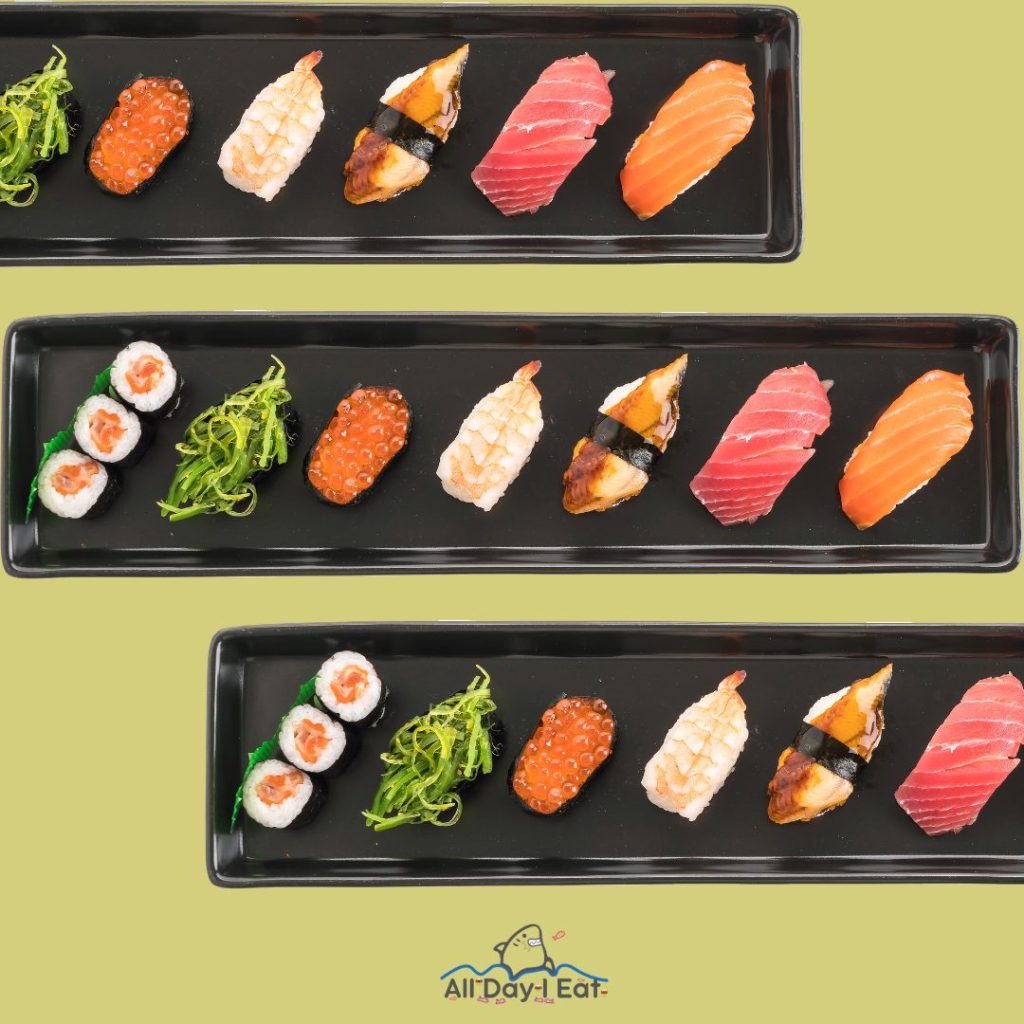
Sushi is a popular Japanese dish that has been enjoyed for centuries—the history of sushi dates back to ancient times when it was initially used to preserve fish. Over time, sushi has evolved into a delicacy enjoyed by people worldwide. To answer the question “When was sushi invented?”, we will explore the origins of sushi and how it has evolved.
Yayoi Period
The Yayoi period (300 BC – 300 AD) was a time of great change in Japan. During this time, wet-field rice cultivation was introduced, which allowed for rice cultivation in paddies—this increased rice production, which became a staple food in Japan. The hoe, a farming tool used to cultivate rice, was also introduced during this period.
It is believed that during the Yayoi period, people began to eat fish with rice. This early form of sushi was known as nare-zushi, made by fermenting fish with salt and rice. The fermentation allowed the fish to be preserved for long periods, making it a valuable food source.
Muromachi Period
During the Muromachi period (1336-1573), sushi evolved into the dish we know today. Fermented rice was no longer thrown away but eaten together with fish. This type of sushi took the name namanare. Sushi gradually changed from a simple method of preserving fish to an actual recipe. The Japanese developed a taste for this semi-cooked fish together with acidulous rice.
Edo Period
Sushi underwent further changes in the Edo period (1603-1868). An attempt was made to reduce the fermentation period, and “haya-zushi” (quick sushi) was born using vinegar created separately to produce the acidic flavor. This made sushi easier to prepare and allowed it to be served quickly. Sushi became popular among the common people, and sushi stalls began to appear in the streets of Edo (now Tokyo).
In conclusion, sushi has a long and rich history that dates back to ancient times. It has evolved over the centuries, and today it is enjoyed by people worldwide. From its humble beginnings as a means of preserving fish, sushi has become a delicacy that is loved by many.
Evolution of Sushi
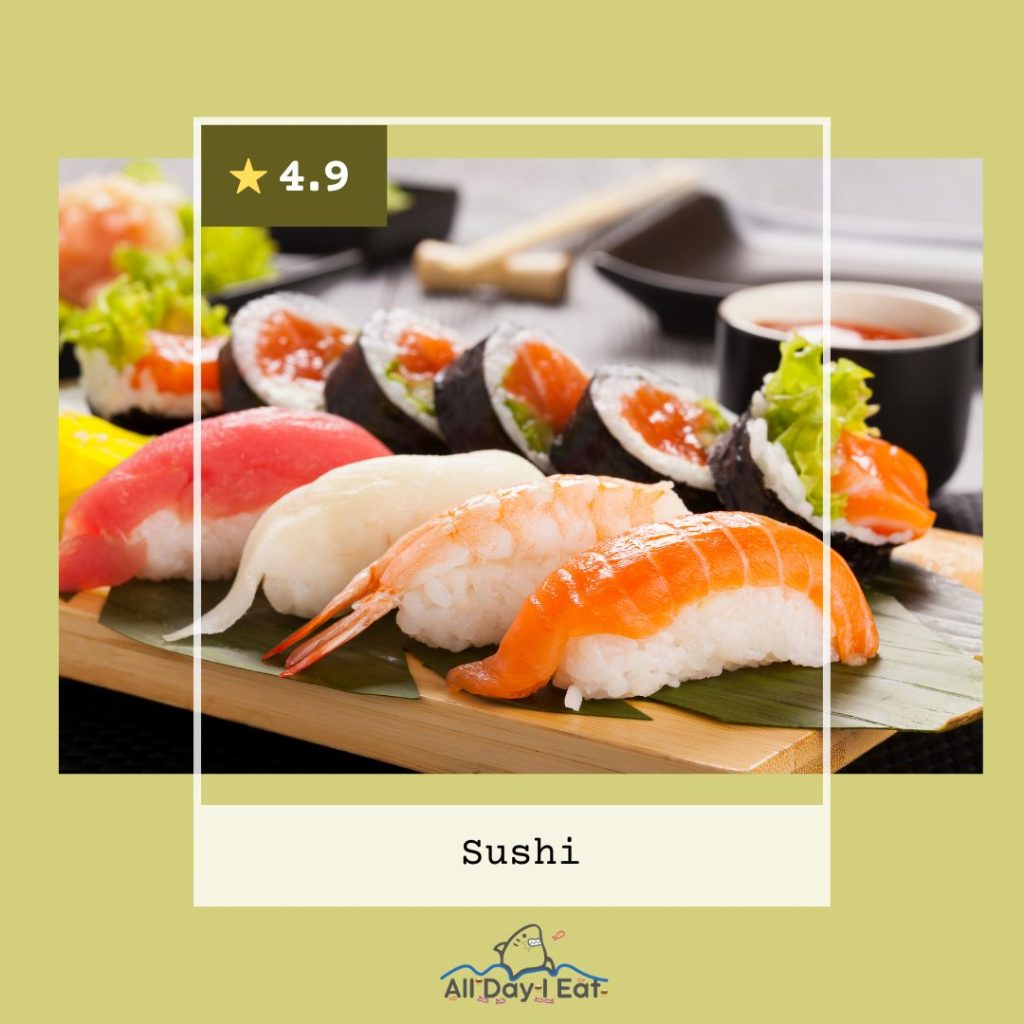
Sushi is a traditional Japanese dish that has been around for centuries. It has evolved, introducing new techniques and ingredients to create new variations. In this section, we will explore the evolution of sushi and the different types that have emerged over the years.
Namanare
Namanare is the earliest form of sushi, dating back to the 4th century AD. It consisted of raw fish that was gutted, salted, and placed in the middle of cooked rice. This sushi was made to preserve freshwater fish and was popular in Southeast Asia, where fish was abundant. Over time, the rice was eaten, and the fish was discarded, as it was only used for preservation.
Haya-zushi
In the 8th century, a new type of sushi emerged called Haya-zushi. This type of sushi was made by mixing rice vinegar with rice, which helped to preserve the fish. The vinegar also gave the rice a sour taste, a new flavor people enjoyed. This type of sushi was often served at celebrations and was considered a luxury food.
Nigiri-zushi
Nigiri-zushi is the most popular type of sushi today. It was invented in the early 19th century by Hanaya Yohei, who placed fresh fish on top of an oblong-shaped piece of seasoned rice. This type of sushi was one of the first “fast foods” in Japan and was not considered a high-brow dining experience. Today, nigiri sushi is served in high-end restaurants worldwide and is known for its delicate flavors and textures.
Many different types of fish can be used to make nigiri sushi, including toro (fatty tuna), eel, and salmon. Wasabi is often served with nigiri sushi, which adds a spicy kick to the dish.
Other Types of Sushi
There are many other types of sushi, including hako-zushi (box sushi), made by packing sushi rice and fish into a box-shaped mold. Persimmon leaves are often used to line the mold, which gives the sushi a unique flavor. Oshi-zushi is another type of sushi made by pressing sushi rice and fish into a mold.
When Was Sushi Invented: Sushi in Japan
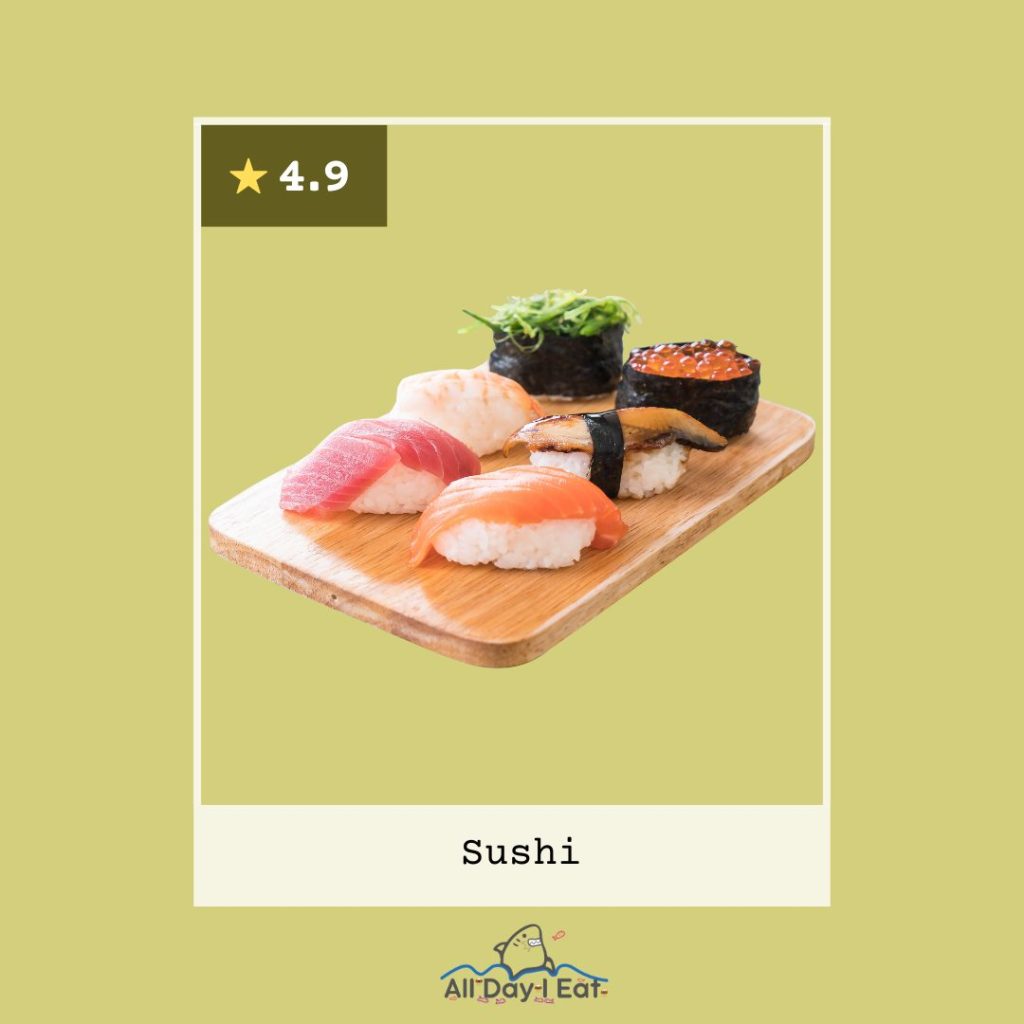
Sushi is a traditional Japanese dish that has been around for centuries. The origins of sushi can be traced back to Southeast Asia, where it was first used to preserve fish in salt. Over time, the dish evolved and became popular in Japan, where it has become an integral part of Japanese cuisine and culture.
Tokyo
Tokyo is known for its sushi restaurants, or sushi-ya, which serve some of the best sushi in the world. In Tokyo, sushi is typically served as Edomaezushi, which is a type of sushi that originated in the Edo period. Edomaezushi is made with fresh fish caught in Tokyo Bay and is typically served with vinegar rice and wasabi.
Kyoto
While Tokyo is known for its sushi restaurants, Kyoto is known for its traditional Japanese restaurants, which serve various Japanese dishes, including sushi. In Kyoto, sushi is typically a delicate and refined dish, emphasizing presentation and taste.
Overall, sushi has become an essential part of Japanese culture and cuisine and can be found in sushi restaurants and Japanese restaurants worldwide. Whether in Tokyo or Kyoto, you can enjoy a delicious and authentic sushi experience that will delight your taste buds.
When Was Sushi Invented: Sushi in America
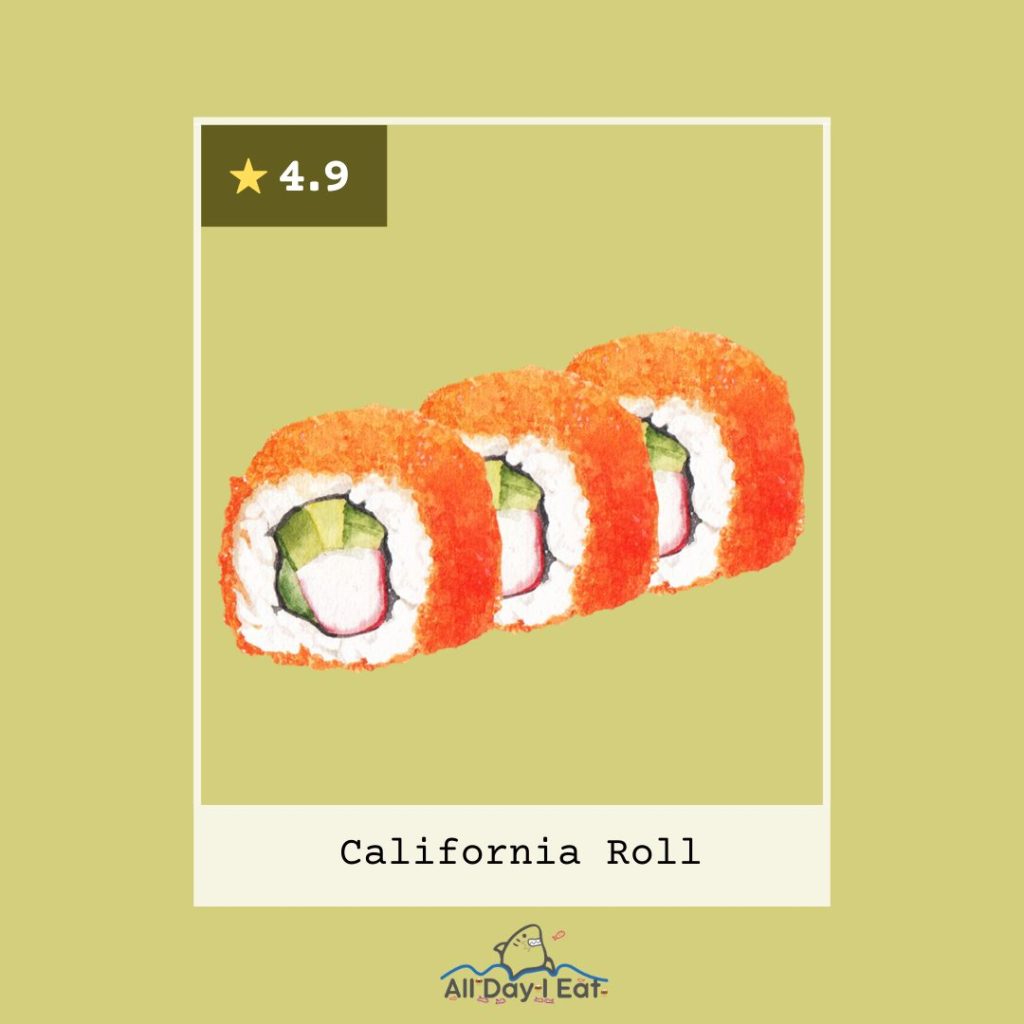
Sushi, a traditional Japanese dish, has become popular in America. The history of sushi in America dates back to the 1960s when Japanese businessmen and sushi chefs began to migrate to the United States. Today, sushi is available in almost every city in America, and it has become a staple in American cuisine.
California Roll
One of the most popular sushi dishes in America is the California Roll. The California Roll was invented in the 1970s by a sushi chef in Los Angeles. It was created to appeal to Americans not accustomed to the taste of raw fish. The California Roll is made with avocado, cucumber, and crab meat and is often served with a sweet sauce.
Sushi Restaurants
Sushi restaurants have become common in America, offering various sushi dishes. Some sushi restaurants use the kaiten-zushi, or conveyor belt, to serve sushi. This method involves placing sushi on a conveyor belt that travels around the restaurant, allowing customers to choose the sushi they want.
One of the first sushi restaurants in America was the Kawafuku Restaurant, which opened in Los Angeles in 1966. The restaurant was owned by a Japanese businessman named Noritoshi Kanai, who brought a sushi chef and his wife from Japan to work there. The Kawafuku Restaurant became famous for its nigiri sushi, made with a small ball of rice topped with a slice of raw fish.
Sushi has become popular in America and has a rich history. Furthermore, the California Roll and sushi restaurants have played a significant role in the popularity of sushi in America.
Ingredients and Preparation
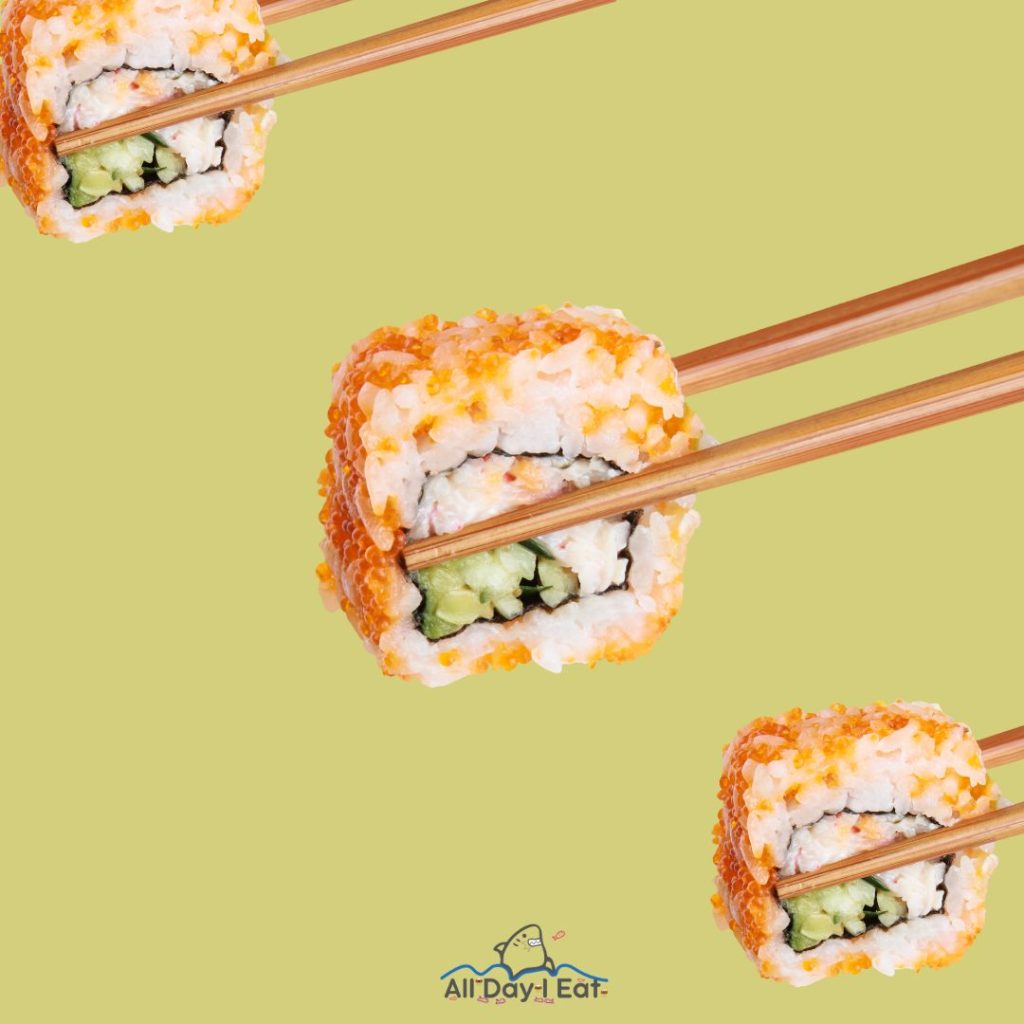
Rice and Vinegar
Sushi is a Japanese dish typically consisting of vinegared rice and various ingredients such as seafood, vegetables, and sometimes tropical fruits. The rice used in sushi is short-grain, sticky rice mixed with vinegar, salt, and sugar. The vinegar used in sushi rice is typically rice vinegar, which has a mild and slightly sweet flavor.
Seafood
Seafood is an essential ingredient in most sushi dishes. The most popular seafood in sushi is raw fish, typically sliced into thin pieces and served on top of rice. Tuna and carp are among the most commonly used fish in sushi, with bluefin tuna being a particularly prized variety. Other types of seafood used in sushi include shrimp, crab, and octopus.
Vegetables
Vegetables are also commonly used in sushi. Some popular vegetable options include cucumber, avocado, and pickled ginger. Vegetarian sushi is also available for those who do not eat meat or seafood. In addition to vegetables, seaweed is often used to wrap sushi rolls.
Sushi preparation involves pickling the seafood or vegetables in vinegar or soy sauce and then combining them with vinegared rice. The pickling process helps to preserve the ingredients and also adds flavor. Sashimi is a similar dish to sushi, but it consists only of raw fish without vinegared rice.
To serve sushi, it is typically presented on a bamboo leaf or a plate. Soy sauce and pickled ginger are often served alongside sushi as condiments. The presentation of sushi is an important aspect of the dish, with chefs often creating intricate and visually appealing designs with the ingredients.
Cultural Significance
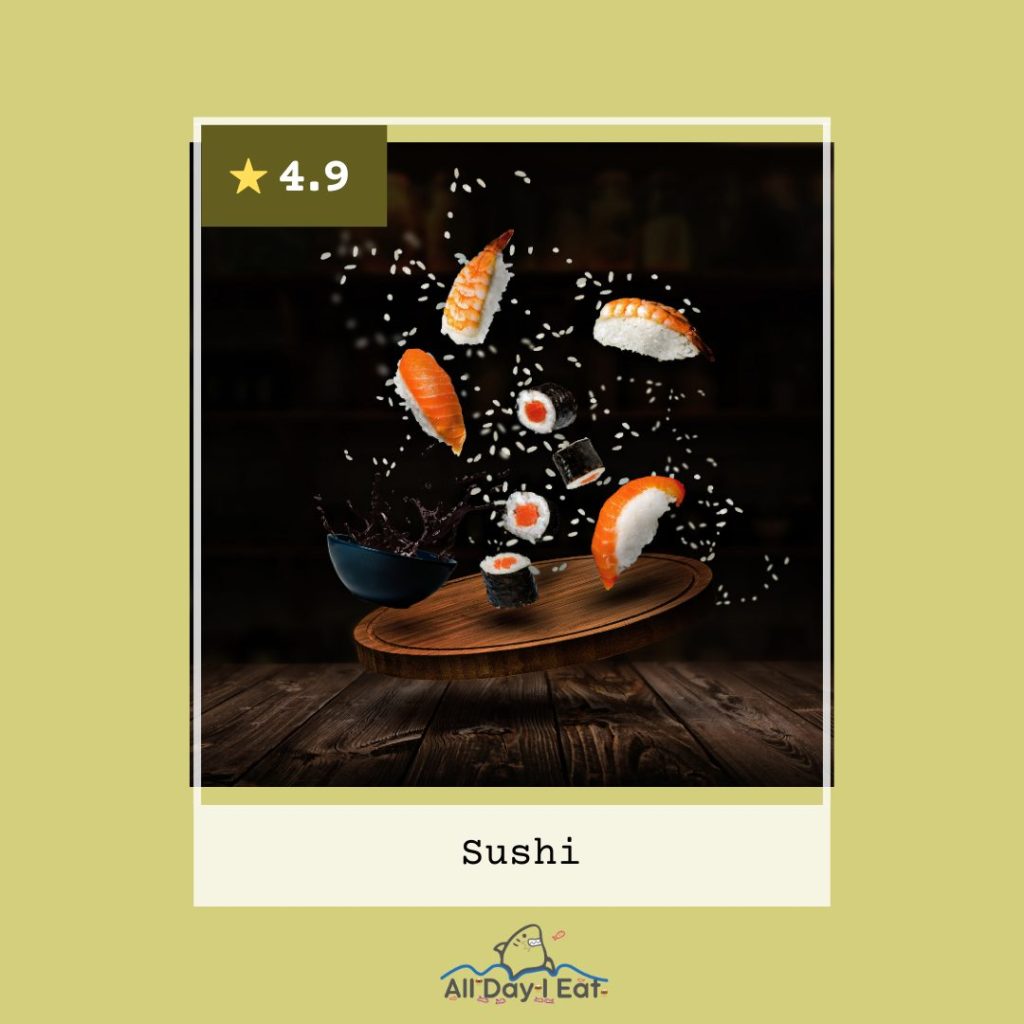
Sushi has a rich cultural significance in Japan and beyond. It has been a staple of Japanese cuisine for centuries and has become a beloved dish worldwide. In this section, we will explore the cultural significance of sushi, including its connections to Buddhism and Japanese cuisine.
Buddhism
Sushi has its roots in Buddhism, which was introduced to Japan in the 6th century AD. At that time, the Japanese began to eat fish to follow Buddhist dietary restrictions that prohibited meat consumption. As a result, fish became a staple of the Japanese diet, and sushi emerged as a way of preserving fish.
Over time, sushi evolved into a delicacy and became associated with Zen Buddhism. Zen monks would eat sushi to practice mindfulness, focusing on the taste and texture of the food. Today, sushi is still enjoyed as a way of connecting with the present moment and savoring the flavors of the ingredients.
Japanese Cuisine
Sushi is integral to Japanese cuisine, emphasizing fresh, seasonal ingredients and simple preparation methods. Japanese chefs use various techniques to create sushi, including slicing fish, rolling rice, and shaping ingredients into intricate designs.
Sushi is also deeply connected to Japanese culture and is often served on special occasions such as weddings, birthdays, and holidays. In Japan, sushi restaurants are highly respected, and sushi chefs often train for years to master the art of sushi-making.
Modern Sushi
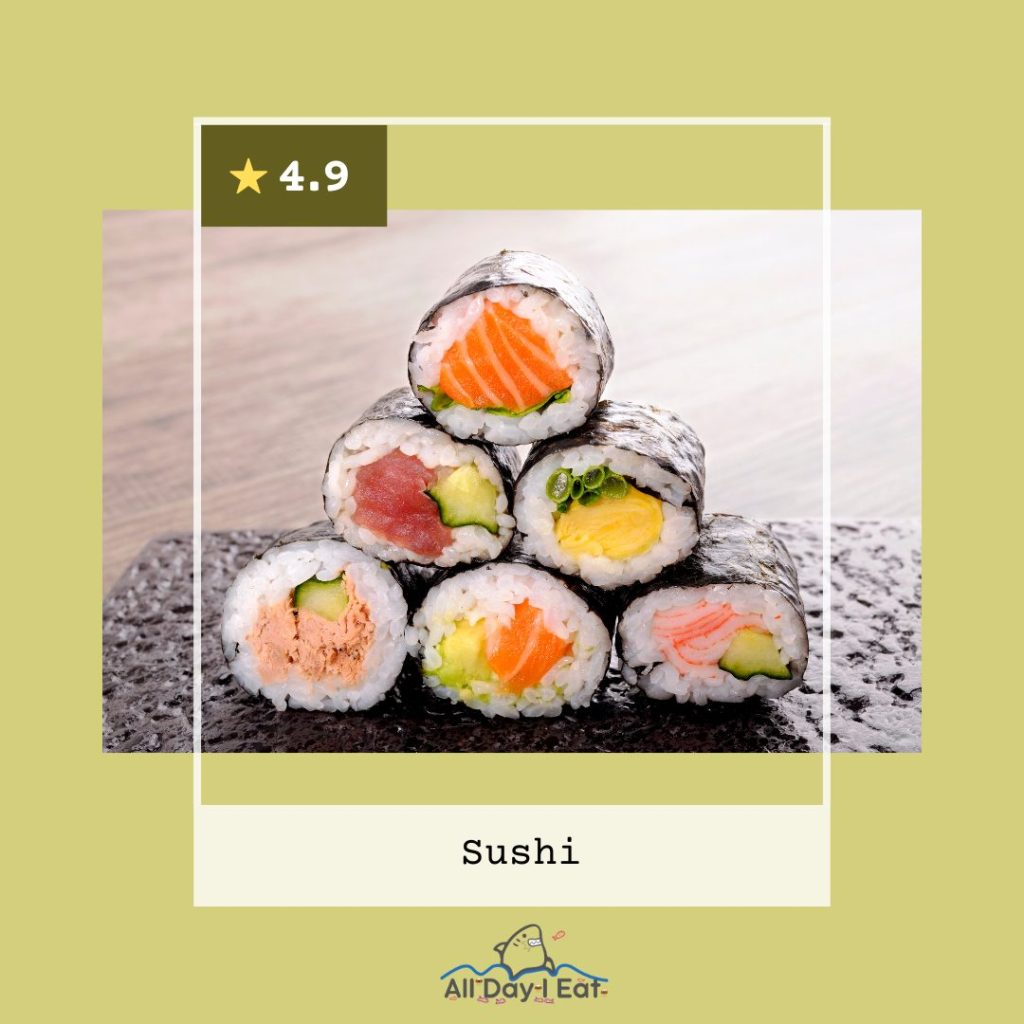
Sushi has come a long way since its early origins as a method of preserving fish. Today, sushi is enjoyed all over the world and is available in many different forms, from traditional nigiri-zushi to modern fusion sushi rolls. This section will explore modern sushi’s development and impact on the food industry.
Fast Food Sushi
One of the most significant developments in modern sushi is the emergence of fast-food sushi. In the Edo period, sushi was considered a luxury food item only available to the wealthy. However, in the 20th century, sushi became more accessible to the general public. Hanaya Yohei, a sushi chef, is credited with inventing nigiri-zushi, a type of sushi designed to be eaten quickly and on the go. This type of sushi was an instant hit with the working class, who were looking for a quick and affordable meal.
Price and Affordability
The rise of fast food sushi made sushi more affordable and accessible to people from all walks of life. Today, sushi is available at a wide range of price points, from budget-friendly sushi rolls to high-end omakase experiences. The affordability of sushi has also led to its popularity in other cultures, such as the United States, where sushi has become a staple of the food scene.
The development of refrigeration technology in the 20th century also played a significant role in making sushi more affordable. Before refrigeration, sushi had to be made fresh every day, which made it expensive. However, with the advent of refrigeration, sushi chefs could store fish for longer periods, which made it possible to offer sushi at a lower price point.
In conclusion, the development of modern sushi has profoundly impacted the food industry. The emergence of fast-food like and affordable sushi has made it possible for people from all walks of life to enjoy this delicious and healthy food. Sushi has become a global phenomenon, and its popularity shows no signs of slowing down.
Sushi Variations
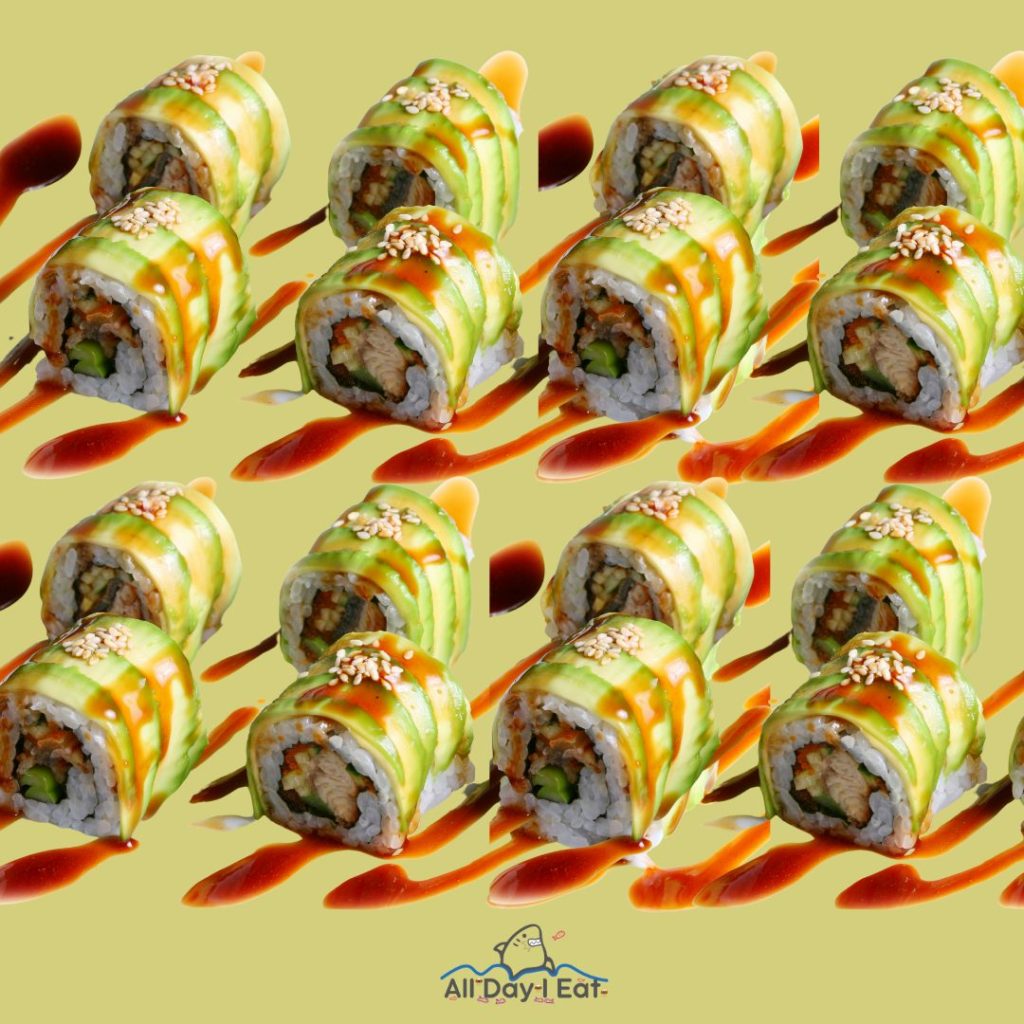
There are now several variations of this Japanese dish. Some of the popular sushi variations are Inarizushi, Chirashizushi, and Funa-zushi.
Inarizushi
Inarizushi is a type of sushi made by filling a pouch of deep-fried tofu with vinegared rice. The tofu pouch is called “aburaage” in Japanese and is typically seasoned with soy sauce, sugar, and sake. Inarizushi is a popular type of sushi in Japan, often served as a snack or a side dish.
Chirashizushi
Chirashizushi is a type of sushi made by placing various ingredients on top of a bed of vinegared rice. The ingredients can include vegetables, pickled fish, and raw fish. Chirashizushi is often served in a bowl and is a popular type of sushi during special occasions such as birthdays and weddings.



Konnichiwa! (Hello!) I'm Pat Tokuyama, a Japanese tofu cookbook author, who travels for music, food, and adventure. If you like Japanese tea, checkout some of the newestorganic japanese tea, matcha bowls and noren and more!
** Curious about the Plant Based Japanese Cooking Club? ** Learn more here!
Funa-zushi
Funa-zushi is a type of sushi made by pickling fish in salt and rice bran for several months. The fish used for Funa-zushi is typically a freshwater fish called “ayu.” Funa-zushi has a strong flavor and aroma and is often served as a delicacy in Japan.
Sushi is typically made with vinegared rice seasoned with vinegar, sugar, and salt. The rice is often wrapped in seaweed and served with soy sauce and wasabi. Nigiri-zushi is a type of sushi that consists of a small ball of vinegared rice topped with a piece of raw fish. Makizushi is another type of sushi made by rolling vinegared rice and other ingredients in a sheet of seaweed.
Sushi originates in South East Asia, where people used to preserve fish by pickling it in salt and rice. Over time, the pickling process was replaced with vinegar and lactic acid, and the dish evolved into what we know today as sushi.
Conclusion
Sushi is a symbol of Japanese culture and cuisine, and it has become a beloved dish worldwide. Whether enjoyed as a quick lunch or a special occasion meal, sushi continues to be a cultural icon that celebrates the beauty of simplicity and the joy of savoring delicious food.



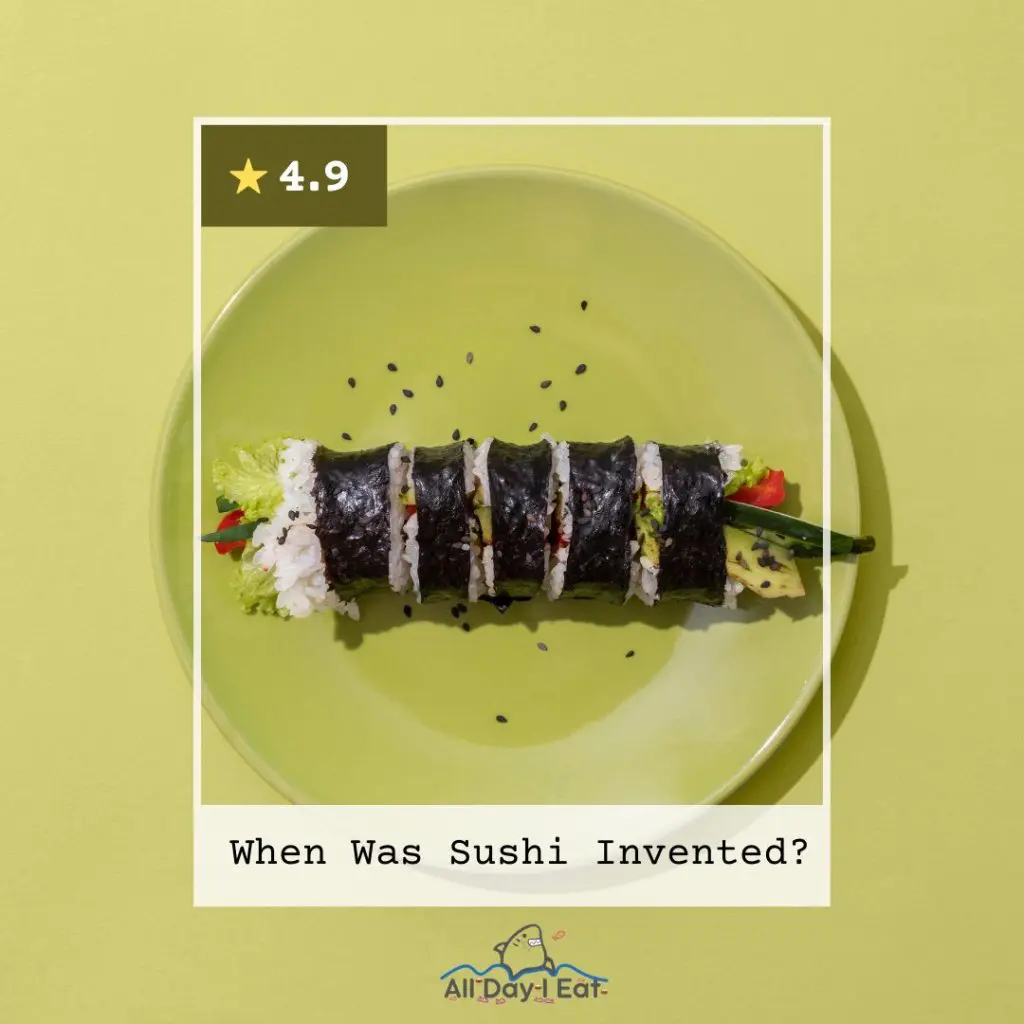

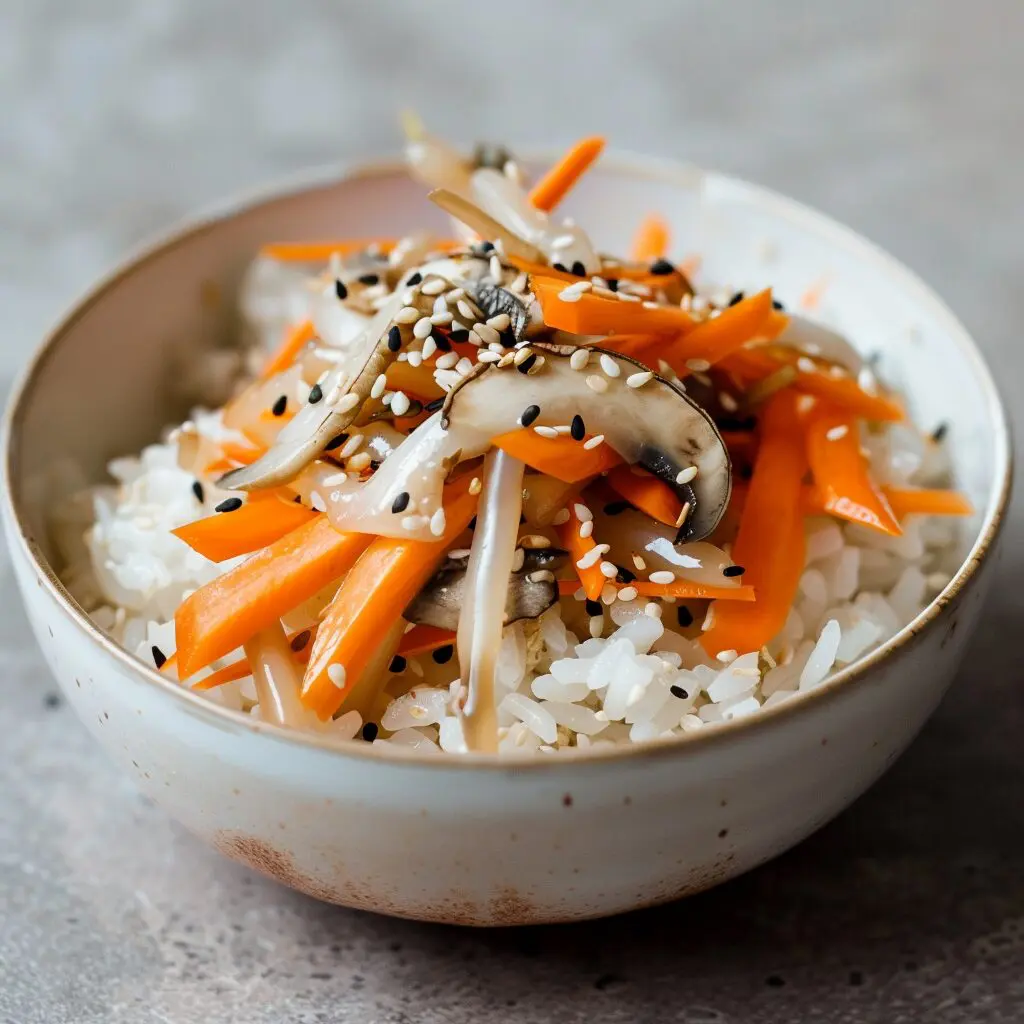
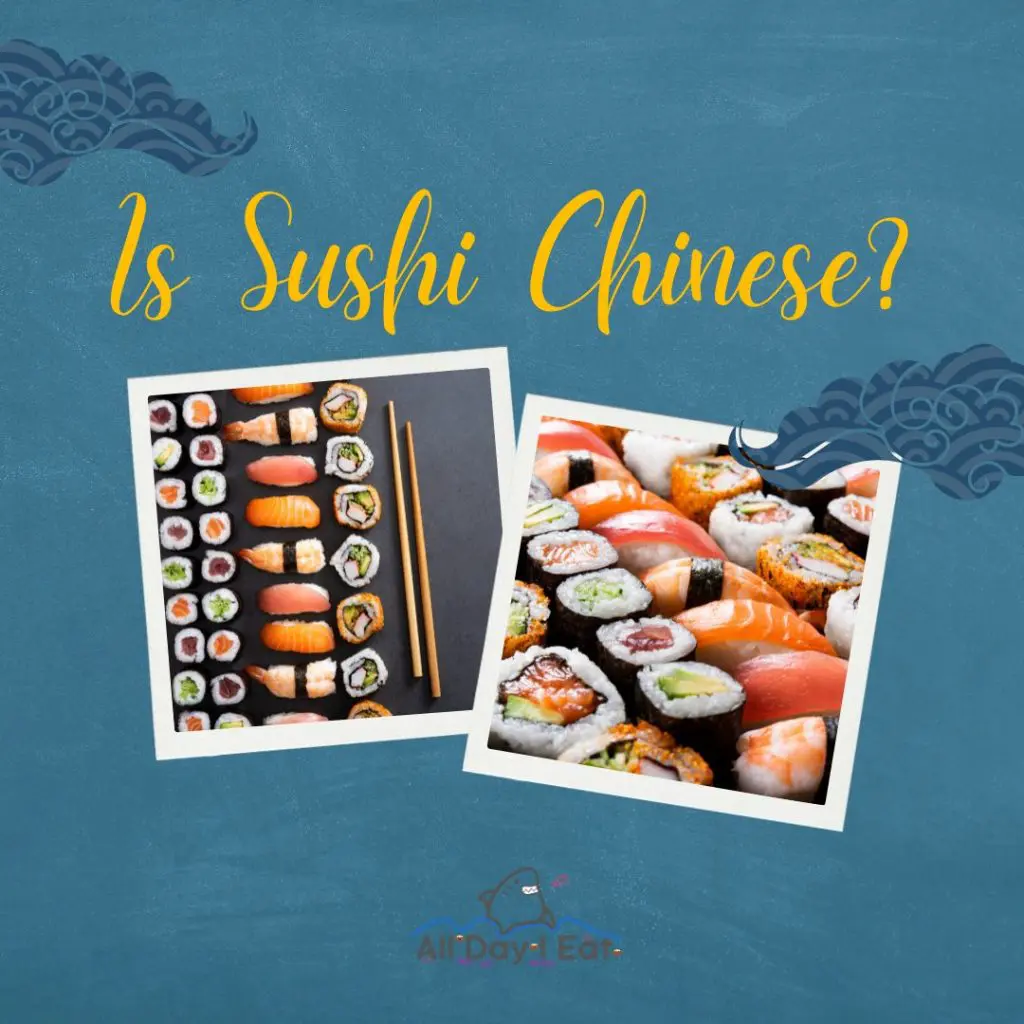

Konnichiwa! (Hello!) I'm Pat Tokuyama, a Japanese tofu cookbook author, who travels for music, food, and adventure. If you like Japanese tea, checkout some of the newestorganic japanese tea, matcha bowls and noren and more!
** Curious about the Plant Based Japanese Cooking Club? ** Learn more here!